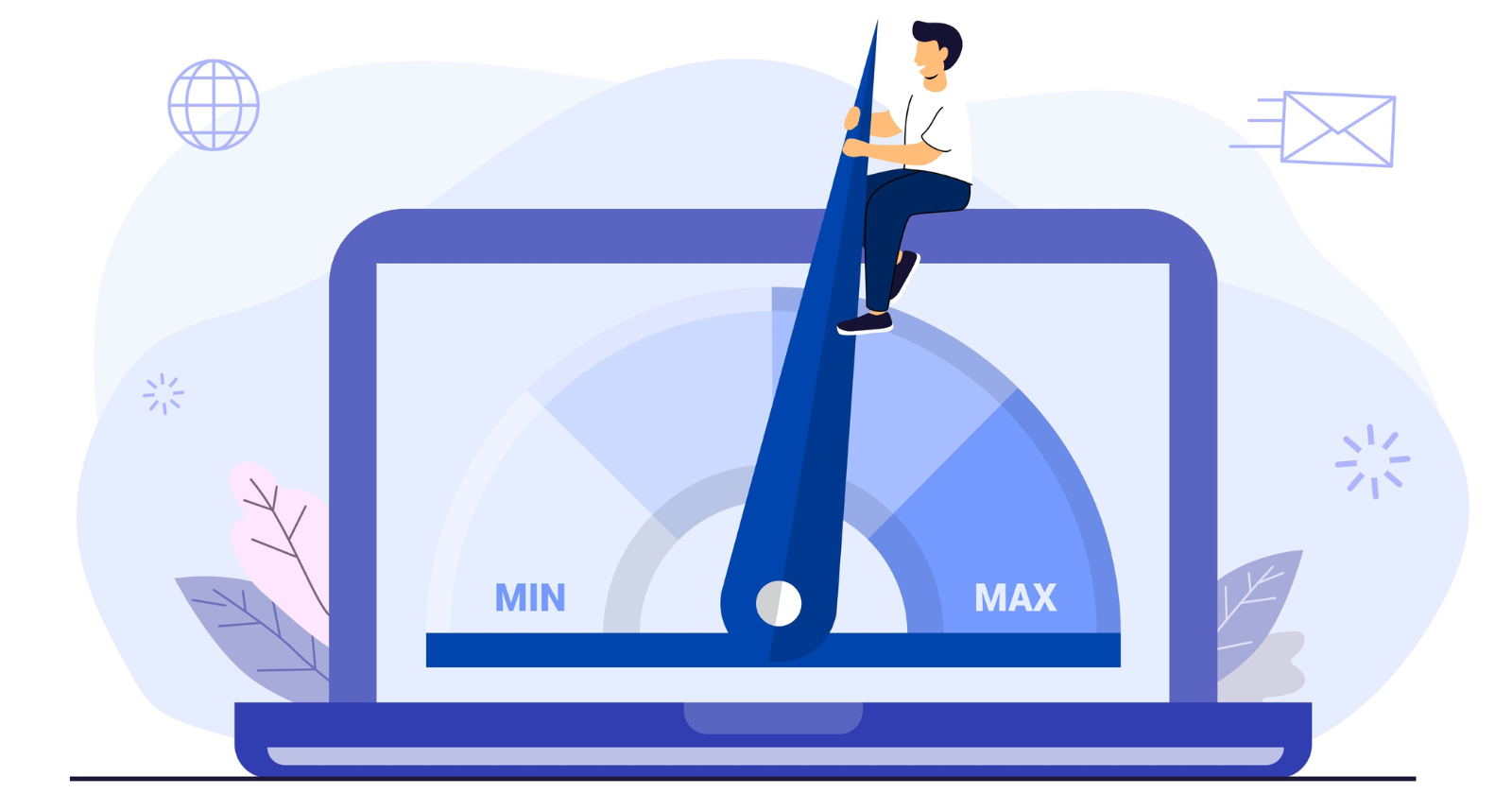
In today’s digital landscape, a fast-loading website isn’t just a nice-to-have; it’s a necessity. Whether you’re running an eCommerce store or a business website, the performance of your site directly impacts user experience, search engine rankings, and ultimately, your revenue. Let’s dive into why optimizing your website is critical and the best practices to ensure your site remains fast and efficient as your business grows.
Why Website Speed Matters
-
User Experience: Visitors expect websites to load in under 3 seconds. Delays lead to frustration and increased bounce rates.
-
SEO Rankings: Search engines like Google prioritize fast websites, which improves your visibility.
-
Conversion Rates: A one-second delay in page load time can reduce conversions by up to 7%.
Common Performance Issues
Many businesses unknowingly slow down their websites by:
-
Uploading unoptimized images and videos: Large files consume bandwidth and take longer to load.
-
Neglecting caching and CDN tools: Dynamic content requests put strain on servers, slowing page loads.
-
Choosing insufficient hosting packages: As traffic and data grow, underpowered servers can lead to downtime and slow speeds.
Best Practices for Website Optimization
1. Optimize Images
Images contribute significantly to page size. Follow these tips:
-
Compress Images: Use tools like TinyPNG or ImageOptim to reduce file sizes without compromising quality.
-
Correct Formats: Use JPEG for photos, PNG for transparent images, and WebP for modern, lightweight performance.
-
Set Dimensions: Define image dimensions in HTML/CSS to avoid unnecessary resizing during page loads.
2. Host Videos on External Platforms
Videos are even larger than images and can dramatically slow your site. Instead of uploading videos directly:
-
Use platforms like YouTube or Vimeo to host your videos.
-
Embed the video link on your site to reduce server load and improve playback performance.
3. Use Caching Plugins
Caching reduces the time needed to generate pages by storing frequently accessed data. Tools like:
-
WP Rocket
-
W3 Total Cache
-
LiteSpeed Cache
...can dramatically improve loading speeds.
4. Integrate a CDN (Content Delivery Network)
A CDN stores copies of your website on servers worldwide, ensuring faster content delivery based on the user’s location. Popular CDNs include:
-
Cloudflare
-
Akamai
-
Amazon CloudFront
5. Choose the Right Hosting Package
Your hosting solution should match your business’s size and traffic:
-
Shared Hosting: Best for small websites with limited traffic.
-
VPS Hosting: Ideal for medium-sized businesses needing dedicated resources.
-
Dedicated Servers: Essential for high-traffic eCommerce sites or enterprises.
Upgrade your hosting as your business grows to ensure seamless performance.
The Dangers of Neglecting Optimization
Failing to optimize can lead to:
-
Slow Load Times: Frustrates users and increases bounce rates.
-
Downtime: Overloaded servers may crash during traffic spikes.
-
Lost Revenue: Poor user experience directly impacts sales and client retention.
-
Negative SEO Impact: Slow websites are penalized by search engines, lowering your ranking.
Conclusion
Website speed and optimization are critical to your business’s success. By implementing best practices like image compression, external video hosting, caching, and CDNs, you can provide a superior experience for your visitors while safeguarding your growth. Invest in a hosting package that scales with your business to avoid future headaches. Remember, every second counts in the digital world—ensure your website is fast, efficient, and optimized for success!